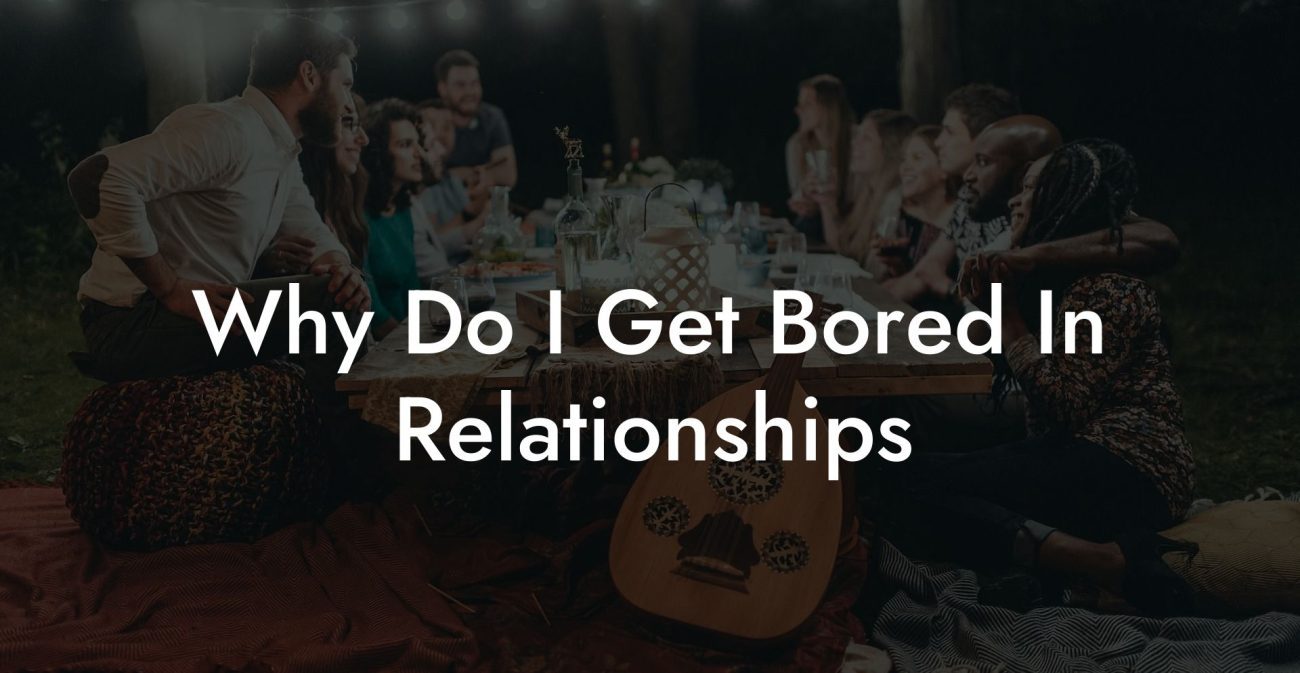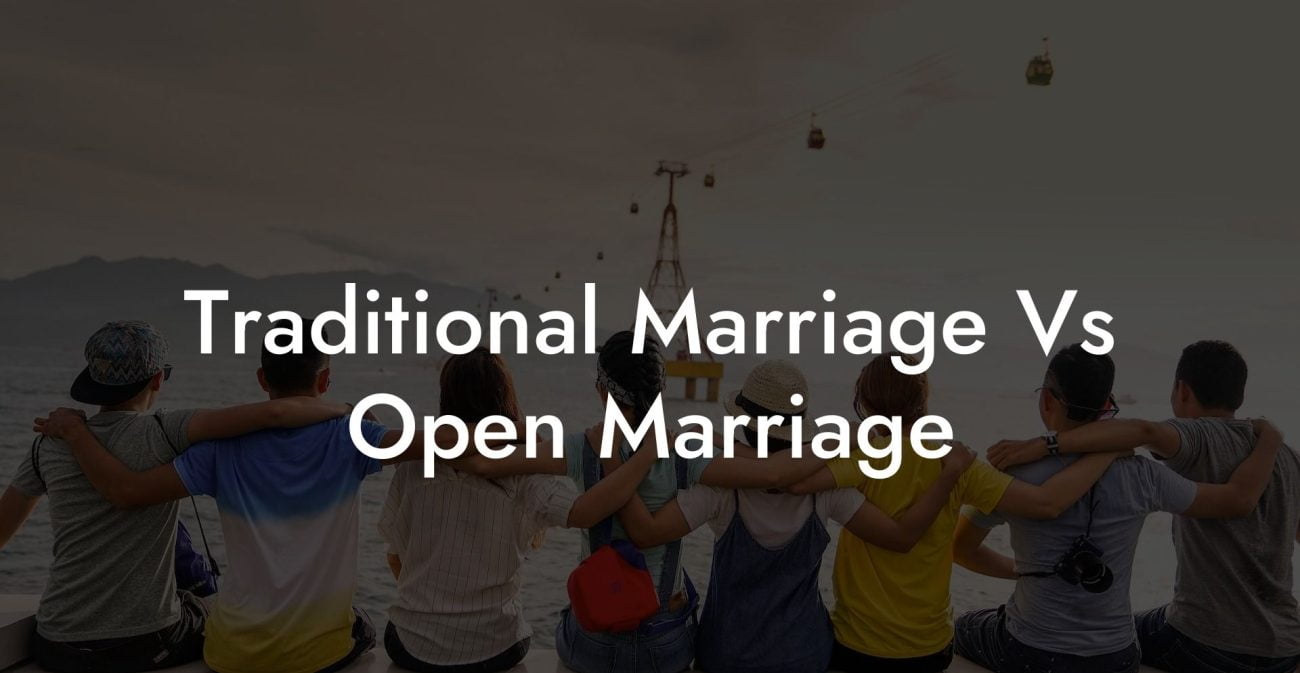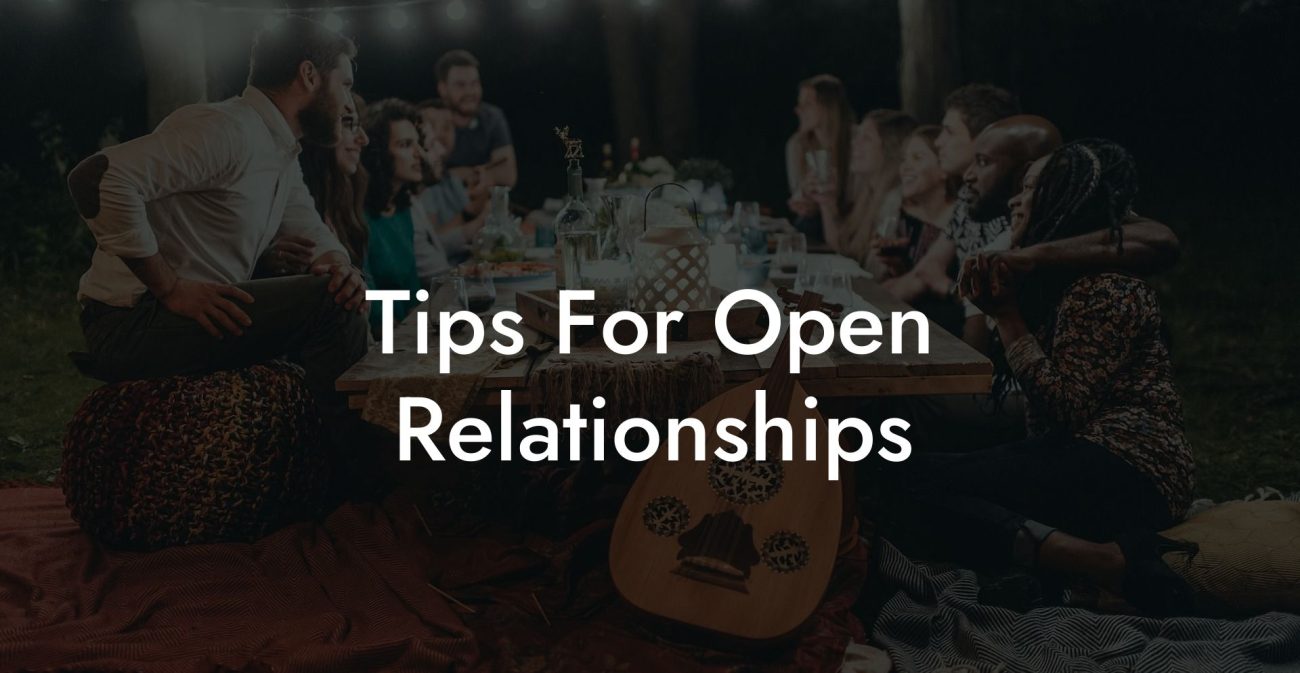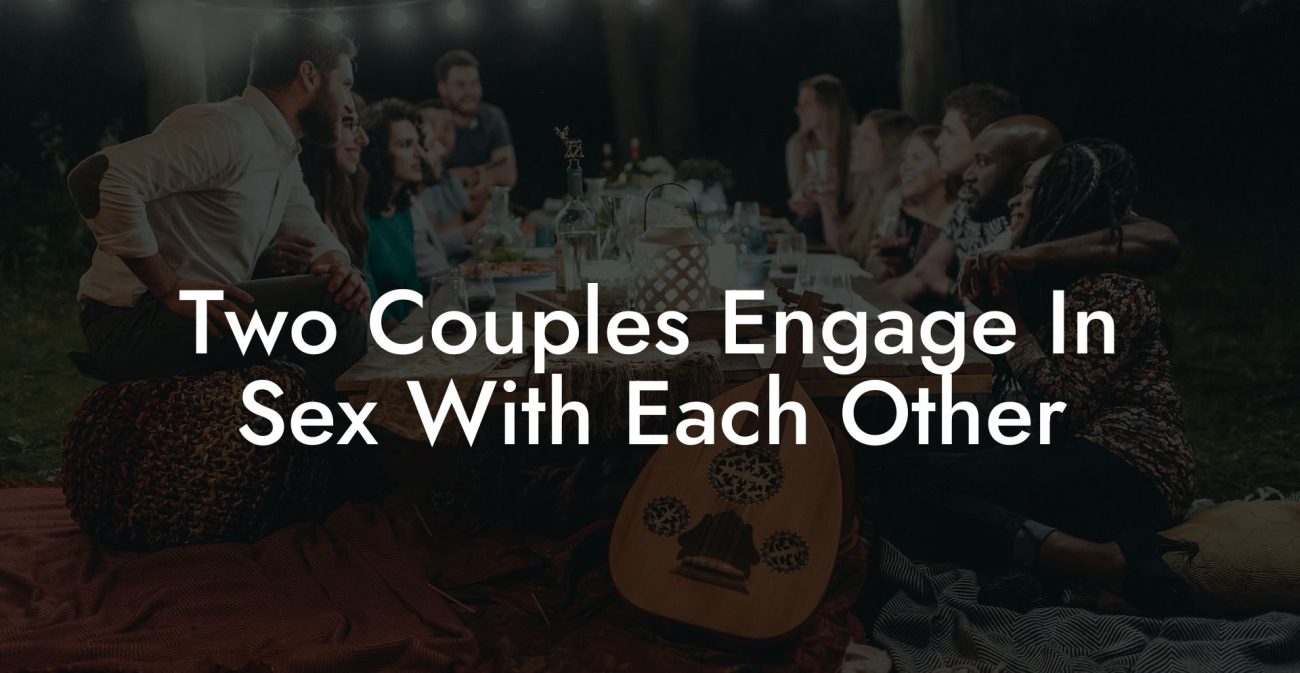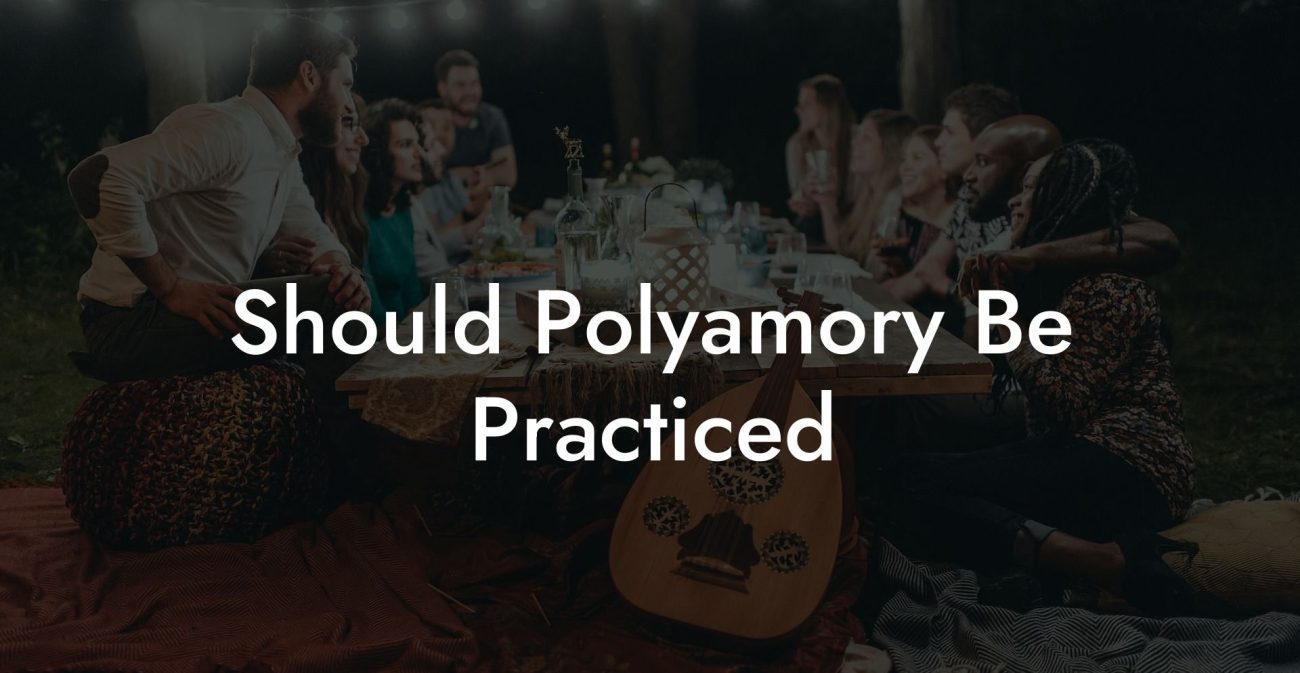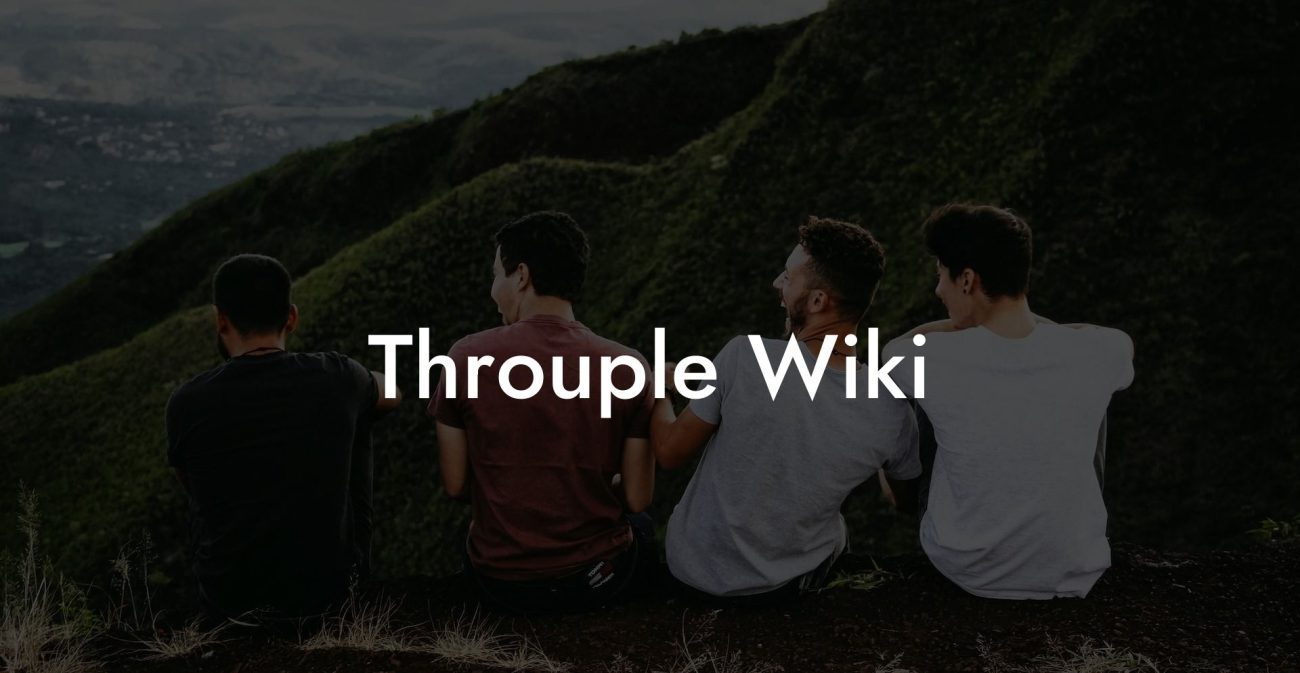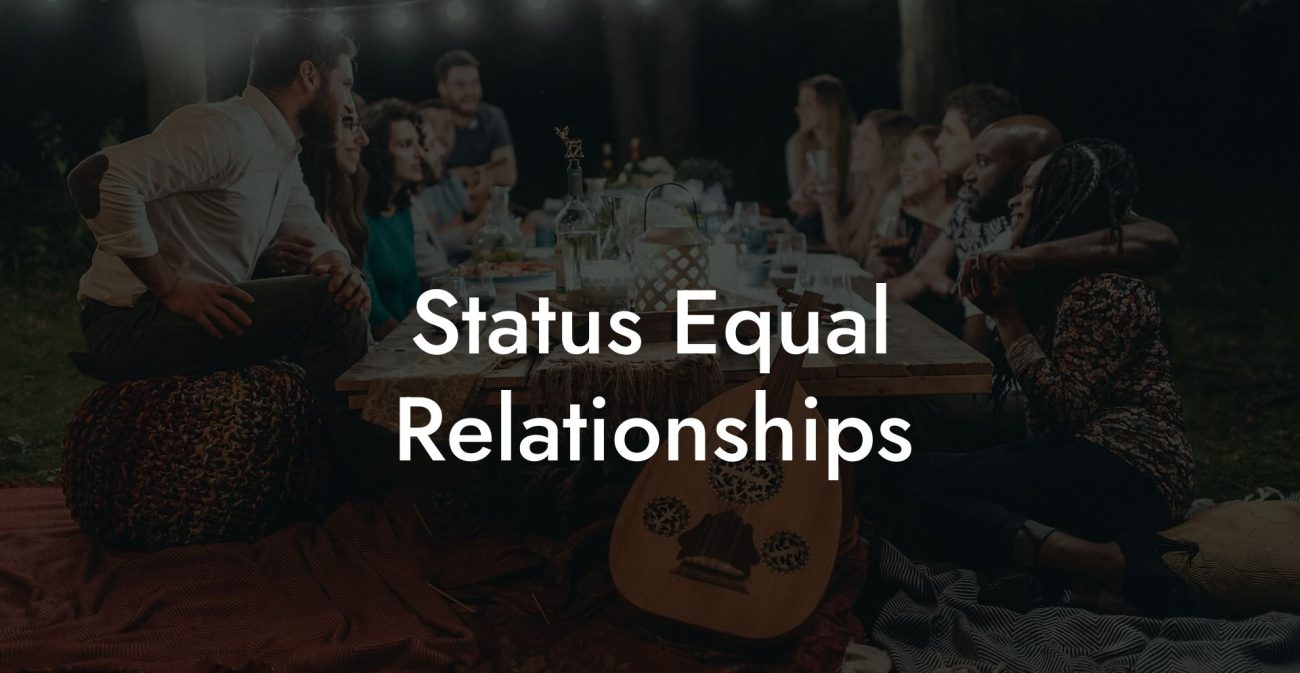Polygyny: Definition & Meaning
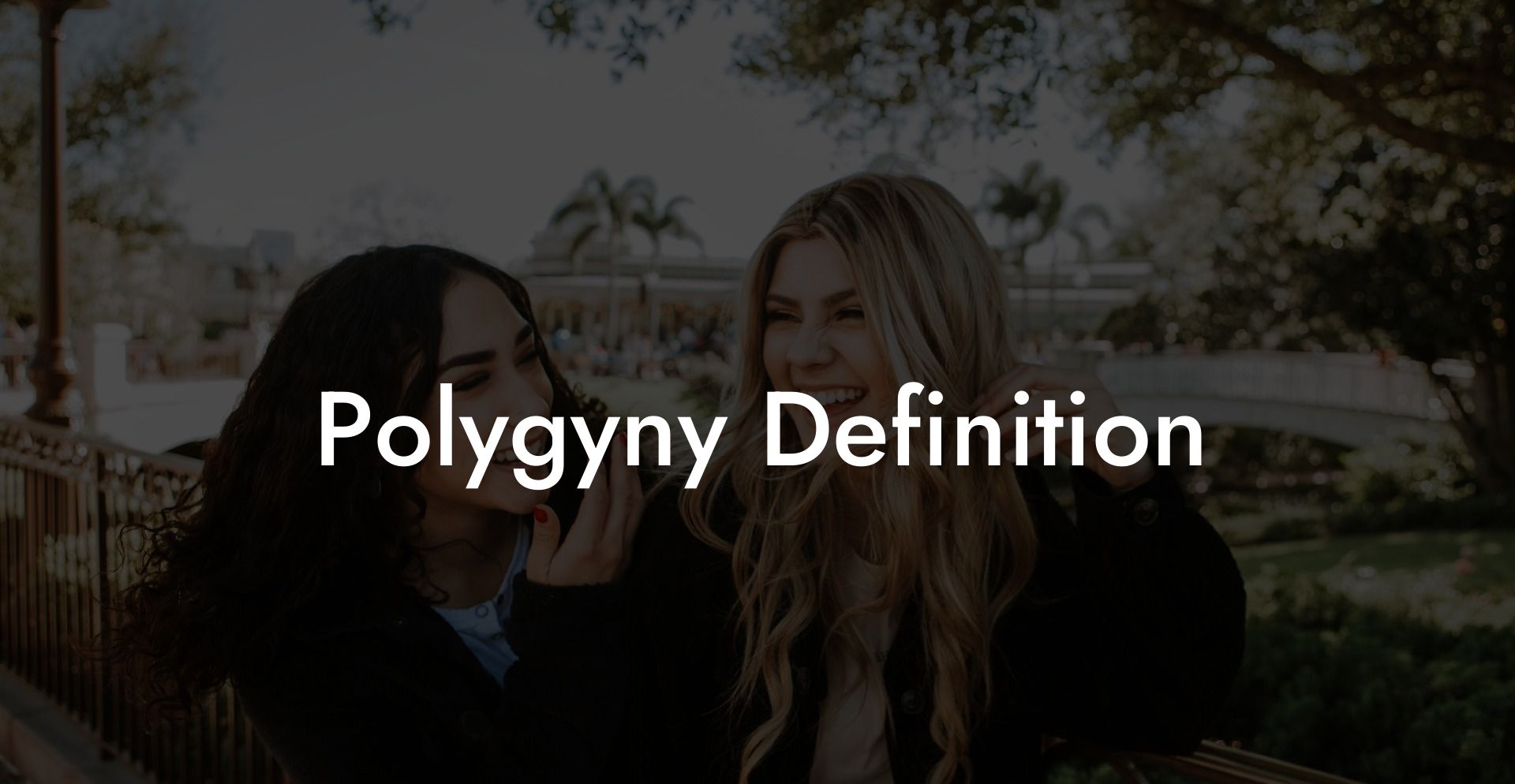
This guide delves deep into the concept of polygyny, one of the most widely practiced forms of polygamy, by exploring its definition, etymology, historical roots, cultural significance, legal and ethical considerations, and the psychological dynamics that shape these relationships. Whether you are a student, researcher, or simply curious about alternative forms of marriage, this resource provides in-depth insights and practical strategies to help you navigate the complex world of polygyny.
Quick Links to Useful Sections
- Understanding Polygyny
- Definition of Polygyny
- Etymology and Key Terminology
- Historical Context and Cultural Significance
- Historical Roots of Polygyny
- Cultural Significance of Polygyny Today
- Legal and Ethical Considerations
- Legal Recognition and Challenges
- Ethical Considerations in Polygynous Marriages
- Psychological and Emotional Dynamics
- Emotional Complexity in Polygyny
- Psychological Benefits
- Psychological Challenges
- Comparing Polygamous and Monogamous Marriages
- Structural Differences
- Legal and Social Recognition
- Emotional Dynamics
- Benefits and Challenges of Polygamous Marriages
- Benefits
- Challenges
- Practical Strategies for Thriving in a Polygamous Marriage
- Enhance Communication and Negotiation
- Establish Clear boundaries and Agreements
- Prioritize Self-Care and Personal Growth
- Build a Supportive Community
- FAQ: Your "Polygamous Relationship: Definition & Meaning" Questions Answered
Understanding Polygyny
Definition of Polygyny
Polygyny is a specific form of polygamy in which one man is married to multiple women simultaneously. In this marital arrangement, the husband forms concurrent unions with two or more wives, and each of these marriages is considered valid and recognized within the cultural or religious context in which they occur. Polygyny is distinguished by the fact that it involves a single male partner with multiple female spouses, and it is often practiced in societies where social, economic, or environmental conditions have historically made this arrangement advantageous.
When we refer to a relationship as polygynous, we are indicating that the marital bond is not limited to a two-person union. Instead, it is characterized by multiple simultaneous relationships that are governed by cultural, social, or religious customs. In many cases, the practice of polygyny is embedded within a broader familial system where the collective well-being of the family unit is emphasized.
Etymology and Key Terminology
The term "polygyny" comes from the Greek prefix “poly-” meaning “many” and the Greek word “gynē,” meaning “woman.” Thus, it literally translates to “many women.” This distinguishes it from polyandry, where one woman is married to multiple men, and from the broader term polygamy, which refers to any marital arrangement involving more than two spouses.
Key related terms include:
- Polygamy: The umbrella term for marital arrangements involving more than one spouse, including both polygyny and polyandry.
- Polygynous Family: A family structure in which one man is married to multiple women, often with shared households and collaborative responsibilities.
- Plural Marriage: Another term for polygamy that emphasizes the presence of multiple marital bonds within one family unit.
Historical Context and Cultural Significance
Historical Roots of Polygyny
Polygyny has been practiced for thousands of years and is documented in many ancient societies. In agrarian communities, for example, polygyny was often a practical solution to increase the labor force and manage resources efficiently. A man with multiple wives could oversee a larger household and contribute more significantly to agricultural productivity, which was crucial for survival in many early civilizations.
Beyond economic practicality, polygyny was also a symbol of wealth and social status. In many cultures, a man’s ability to marry multiple women was seen as an indicator of prosperity and power. Historical records from regions such as Africa, the Middle East, and Asia reveal that polygyny was not only common but also socially esteemed.
In addition, religious texts from several traditions mention instances of polygyny. For example, many biblical figures are described as having multiple wives, and various Islamic societies have long practiced polygyny under regulated conditions. These historical and religious narratives have played a significant role in shaping the cultural acceptance of polygyny in many parts of the world.
Cultural Significance of Polygyny Today
In contemporary society, the cultural significance of polygyny varies widely by region. In many traditional communities in Africa, the Middle East, and parts of Asia, polygyny remains a socially accepted and often legally recognized institution. In these societies, it is viewed as a way to strengthen family ties, manage resources, and maintain social order. The practice is often seen as integral to the cultural identity and heritage of the community.
However, in Western societies, where monogamy is the dominant legal and cultural model, polygyny is frequently met with skepticism and legal restrictions. Despite this, scholarly Data Research and cultural debates continue to examine the potential benefits and challenges of polygyny, prompting a reexamination of what constitutes a healthy and sustainable family structure.
Legal and Ethical Considerations
Legal Recognition and Challenges
In most modern legal systems, marriage is defined as a union between two people, which means that polygynous marriages are generally not recognized under state law. This lack of legal recognition can lead to several challenges:
- Inheritance and Property Rights: Without legal recognition, determining the rights of each spouse in matters of inheritance and property division can be complex.
- Custody and Family Law: Issues may arise regarding child custody and spousal benefits, as legal frameworks are primarily designed for monogamous unions.
- Spousal Benefits: Access to benefits such as healthcare, social security, and tax advantages is typically limited to legally recognized monogamous marriages.
In regions where polygyny is culturally accepted, local customary or religious laws may offer some form of legal recognition, but these often exist alongside national laws and do not always provide the same level of protection.
Ethical Considerations in Polygynous Marriages
Ethical polygyny is built on the principles of informed consent, mutual respect, and transparency. In an ideal polygynous marriage, every individual enters into the relationship voluntarily and with a full understanding of its dynamics. Key ethical principles include:
- Informed Consent: All parties must be fully aware of and agree to the polygynous arrangement without any coercion.
- Mutual Respect: Each spouse’s rights, needs, and individuality should be respected, and efforts should be made to ensure fair treatment for all partners.
- Transparency: Open communication about expectations, boundaries, and any changes in the relationship is essential for maintaining trust.
- Equity: Ensuring that power dynamics are balanced and that each partner’s contributions and needs are valued is crucial, especially in cultures where traditional practices may have favored one gender over another.
Psychological and Emotional Dynamics
Emotional Complexity in Polygyny
Polygynous marriages can provide a diverse and supportive network of emotional and practical resources. With multiple wives, a man may receive varied forms of care, and each wife may bring unique strengths to the family unit. This diversity can lead to a robust support system and foster personal growth among all members.
However, managing multiple intimate relationships is not without its challenges. Emotional complexities such as jealousy, competition for attention, and the need for balanced resource allocation can arise. Successful navigation of these challenges requires advanced communication skills, empathy, and a commitment to resolving conflicts through transparent dialogue.
Psychological Benefits
Many individuals in polygynous marriages report several psychological benefits, including:
- Diverse Sources of Support: Multiple spouses can provide varied perspectives and forms of care, enriching the overall emotional landscape.
- Collaborative Decision-Making: The collective approach to household management and problem-solving can lead to greater stability and a sense of shared purpose.
- Personal Growth: The complexities of managing multiple relationships can enhance self-awareness, emotional intelligence, and resilience.
Psychological Challenges
Despite these benefits, the challenges of polygyny include:
- Managing Jealousy: Ensuring that feelings of jealousy and insecurity are addressed through open communication and mutual support is essential.
- Emotional Overload: Balancing the emotional needs of several spouses can be demanding, potentially leading to stress and burnout if not managed effectively.
- Social Stigma: In societies that predominantly value monogamy, individuals in polygynous marriages may face prejudice and social isolation.
Comparing Polygamous and Monogamous Marriages
Structural Differences
Monogamous marriages involve an exclusive bond between two individuals, resulting in a straightforward family structure with clearly defined roles and responsibilities. In contrast, polygamous marriages, particularly polygyny, involve multiple spouses, which creates a more complex network of relationships. This complexity can lead to enhanced resource sharing and emotional support, but it also requires more sophisticated communication and conflict resolution strategies.
Legal and Social Recognition
Monogamous marriages are widely recognized and legally supported, providing couples with a range of rights and benefits. Polygamous marriages, however, are not legally recognized in many modern legal systems. This discrepancy can lead to challenges in areas such as inheritance, custody, and social security, and may contribute to social stigma against those practicing polygamy.
Emotional Dynamics
In monogamous marriages, the emotional connection is singular and focused, fostering deep intimacy and trust. Polygynous marriages, while offering a broader network of support, also involve managing multiple emotional bonds simultaneously. This can enrich the emotional experience but also introduces potential challenges related to jealousy, fairness, and the distribution of attention.
Benefits and Challenges of Polygamous Marriages
Benefits
- Diverse Support Network: Multiple spouses can offer varied emotional, practical, and financial support, creating a resilient family structure.
- Economic Efficiency: Shared responsibilities and resource pooling can lead to improved economic stability and efficiency in managing household tasks.
- Cultural Cohesion: In societies where polygyny is a long-standing tradition, plural marriages reinforce cultural identity and social solidarity.
- Collaborative Family Dynamics: The collective decision-making process can result in a strong sense of unity and shared purpose among family members.
Challenges
- Legal Limitations: The lack of legal recognition for polygamous marriages can create complications regarding inheritance, custody, and spousal benefits.
- Emotional Complexity: Managing multiple intimate bonds may lead to challenges such as jealousy, insecurity, and interpersonal conflicts if not properly addressed.
- Social Stigma: Polygamous marriages may face criticism and prejudice in societies that uphold monogamy as the standard marital model.
- Power Imbalances: Ensuring equitable treatment and balancing power dynamics among spouses can be challenging, particularly in traditional settings.
Practical Strategies for Thriving in a Polygamous Marriage
Enhance Communication and Negotiation
Open, honest, and continuous communication is the foundation of any successful relationship. In a polygamous marriage, it is essential to schedule regular family meetings or individual check-ins with each spouse to discuss feelings, expectations, and any issues that arise.
- Practice active listening and use “I” statements to express your needs and emotions.
- Utilize digital tools like shared calendars and group chats to coordinate schedules and responsibilities.
- Encourage an environment of open dialogue where all partners feel heard and valued.
Establish Clear boundaries and Agreements
Clear boundaries help prevent misunderstandings and ensure that every partner’s needs are met. Consider creating written or digital agreements that outline:
- Financial responsibilities and asset distribution.
- Time allocations for shared and individual activities.
- Expectations for emotional and physical intimacy.
- Protocols for conflict resolution and periodic reviews of the relationship structure.
Prioritize Self-Care and Personal Growth
Your well-being is essential to maintaining healthy relationships. Establish a self-care routine that supports your physical, emotional, and mental health by:
- Engaging in regular exercise, meditation, or other mindfulness practices.
- Pursuing hobbies and interests that foster personal growth and relaxation.
- Seeking professional counseling or therapy to help manage complex emotions and reduce stress.
Build a Supportive Community
Connecting with others who understand and practice polygamous relationships can provide valuable emotional support and practical advice. Consider joining:
- Online forums and social media groups dedicated to alternative family models.
- Local meet-ups, workshops, or webinars focused on ethical non-monogamy and relationship dynamics.
- Support networks that can share insights and offer guidance in navigating cultural and legal challenges.
FAQ: Your "Polygamous Relationship: Definition & Meaning" Questions Answered
1. What does "polygamous relationship" mean?
A polygamous relationship is one in which an individual is married to or in a committed relationship with more than one spouse at the same time.
2. How is polygamy defined?
Polygamy is defined as the practice of having multiple spouses simultaneously, encompassing forms such as polygyny (one man with multiple wives) and polyandry (one woman with multiple husbands).
3. What are the historical roots of polygamous relationships?
Polygamous relationships have been practiced for thousands of years in various cultures, often as practical solutions for managing resources and maintaining social cohesion.
4. What legal challenges do polygamous marriages face?
In most modern legal systems, marriage is defined as a union between two people, so polygamous marriages are generally not legally recognized, which can lead to complications regarding inheritance, custody, and spousal benefits.
5. What ethical principles underpin ethical polygamy?
Ethical polygamy is founded on informed consent, mutual respect, transparent communication, and a commitment to equity among all spouses.
6. Where can I find additional resources on polygamous relationships?
Additional resources include books such as "The Ethical Slut" by Dossie Easton & Janet Hardy and "More Than Two" by Franklin Veaux & Eve Rickert, as well as podcasts like "Multiamory" and "Polyamory Weekly." Online communities such as r/polyamory are also valuable sources of support and information.
Resources and Community Support: Your Next Steps
- "The Ethical Slut" by Dossie Easton & Janet Hardy – A seminal text that explores various models of consensual non-monogamy, including polygamous relationships.
- "More Than Two" by Franklin Veaux & Eve Rickert – An in-depth guide offering practical advice on managing multiple relationships and understanding alternative marital structures.
- Podcasts: Listen to "Multiamory" and "Polyamory Weekly" for engaging discussions and personal experiences on alternative relationship models.
- Online Communities: Join forums such as r/polyamory to exchange ideas and receive support.
- Workshops and Webinars: Attend events focused on relationship psychology and ethical non-monogamy to expand your knowledge and network with like-minded individuals.
By exploring these resources and applying the practical strategies outlined in this guide, you can develop a clear, informed understanding of what a polygamous relationship entails and how it differs from conventional marital arrangements. Embrace continuous learning, open dialogue, and self-reflection as you explore the diverse landscape of alternative relationships.
Lost & confused by all of the terms, types and seemingly made up 3 letter acronyms?? We've got you. Check out our Ethnical Non-Monogamy Dictionary >>
Useful Interruption: Not sure which relationship vibe fits you best? Take our Relationship Test, it’ll give you the real insight into your natural relationship style. Then, dive into our binge-worthy guides (from the tried-and-true to the “wait, that’s a thing?”) and find the perfect relationship type for your life:
- Monogamy
- Open Relationships
- Ethical Non-Monogamy
- Solo Polyamory
- Non-Hierarchical Polyamory
- Hierarchical Polyamory
- Relationship Anarchy
- Swinging
Now back to the main article but yeah take the test...


